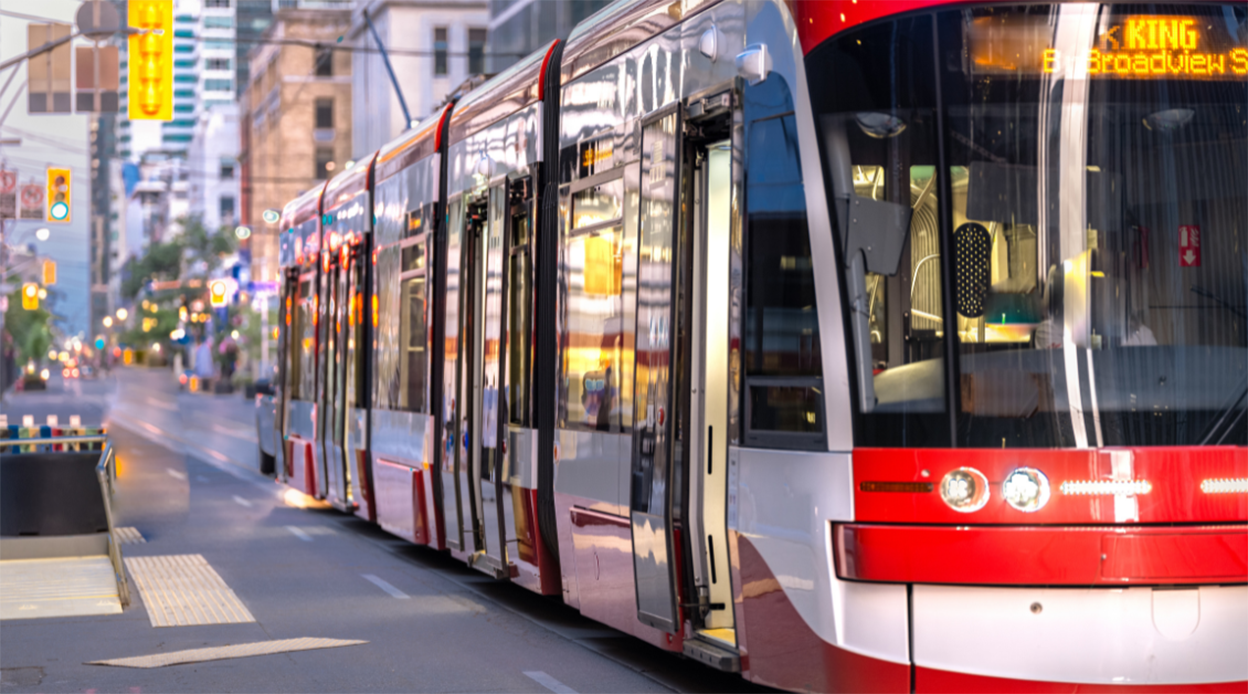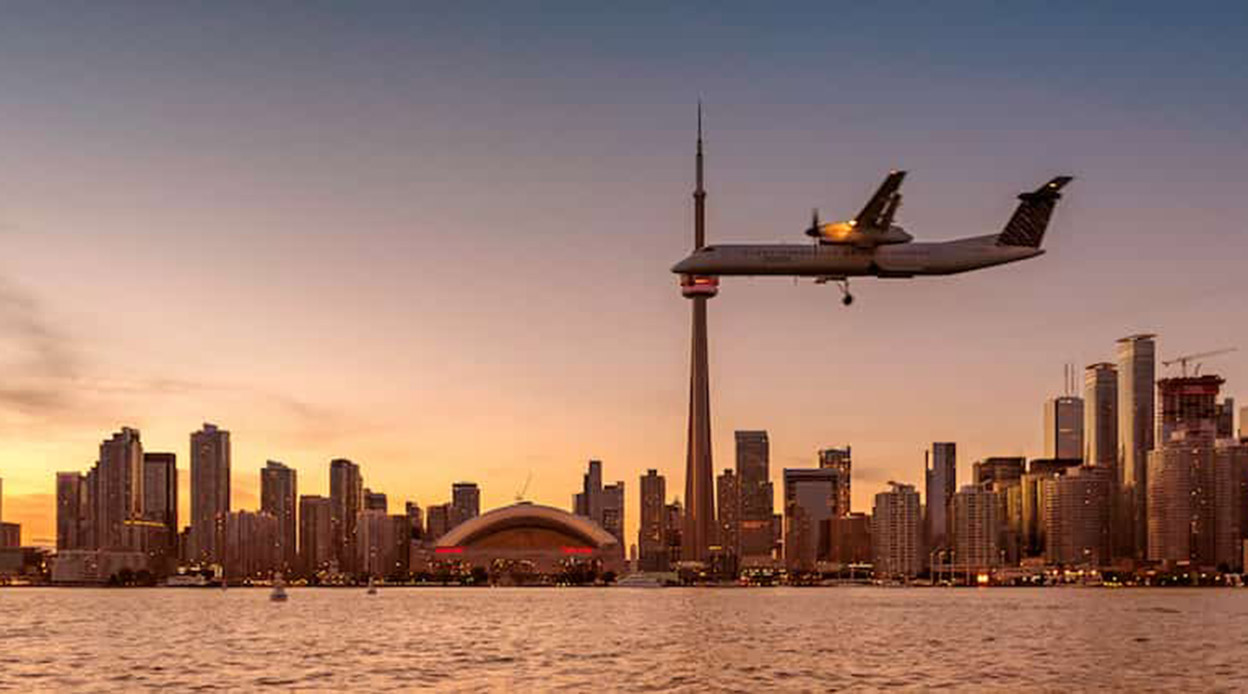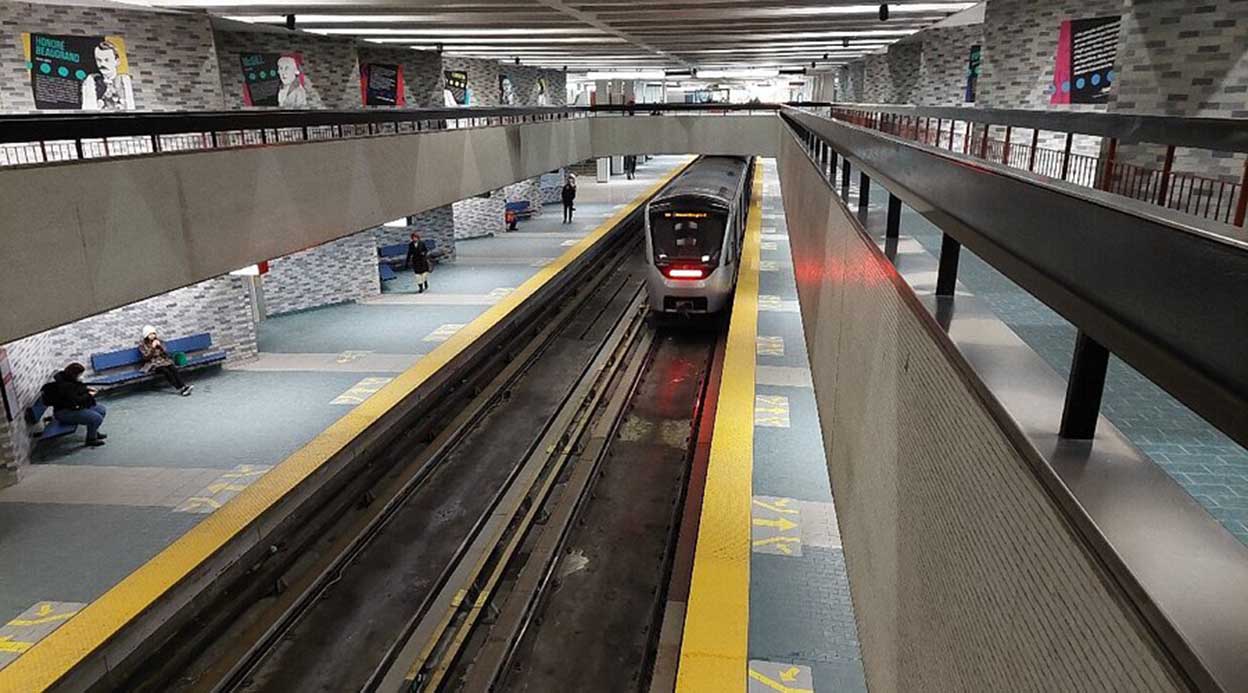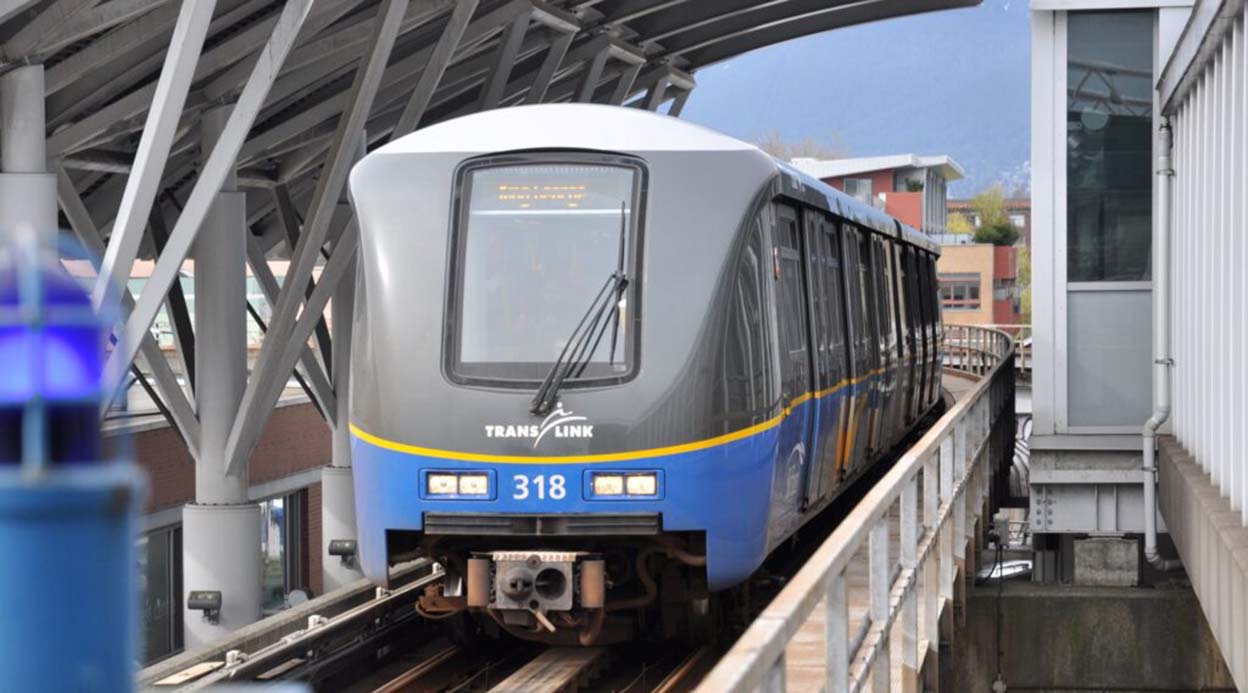Toronto is one of Canada’s most dynamic and vibrant cities, known for its cultural diversity, modern infrastructure, and bustling urban energy. With world-class attractions, a thriving food scene, and countless neighborhoods to explore, getting around efficiently is key to making the most of your visit. Whether you’re a first-time visitor eager to see the iconic CN Tower and waterfront or a returning traveler looking to uncover hidden gems, understanding Toronto’s public transportation system is essential. Using the TTC’s network of subways, streetcars, and buses allows you to navigate the city affordably and with ease, while intercity bus services open up opportunities for day trips and extended getaways to destinations like Niagara Falls, Ottawa, and Montreal. This comprehensive guide will walk you through everything you need to know to travel smarter and stress-free, from local transit tips to long-distance travel options.
Why Choose Public Transportation in Toronto?
Toronto is Canada’s largest metropolitan area, and while driving can seem tempting, the city’s traffic congestion and parking costs often make public transportation the smarter choice. The city boasts an integrated transit network that includes subways, streetcars, and buses. Public transit is:
- Affordable compared to ride-sharing or taxis
- Efficient for reaching major attractions and neighborhoods
- Eco-friendly, reducing your travel footprint
- Comprehensive, covering both downtown and suburban areas
For those looking to explore cities beyond Toronto—such as Ottawa, Montreal, or Niagara Falls—long-distance buses are a practical, budget-friendly alternative to renting a car or flying.
Toronto Public Transportation Overview
Toronto’s transit network is primarily operated by the Toronto Transit Commission (TTC). It consists of:
- Subway System: The backbone of Toronto’s transit, serving major routes across the city.
- Streetcars: Ideal for short trips within downtown and certain neighborhoods.
- Buses: Extensive coverage across Toronto and into some suburban areas.
For seamless travel, you’ll want to understand fare systems, payment methods, and route options.
TTC Subway Lines
The TTC subway system consists of four lines:
- Line 1 – Yonge-University: Forms a U-shape through downtown, connecting Union Station, North York, and major attractions like the Royal Ontario Museum.
- Line 2 – Bloor-Danforth: Runs east-west, linking key neighborhoods such as The Annex, Greektown, and High Park.
- Line 3 – Scarborough RT: Connects Kennedy Station to Scarborough, useful for travelers heading east.
- Line 4 – Sheppard: Serves the North York area with an eastward extension.
Frequency: Trains run every 2–5 minutes during peak hours and every 5–10 minutes off-peak.
Operating Hours: Typically from around 6:00 AM to 1:30 AM (slightly later on weekends).
Streetcars
Toronto is famous for its iconic streetcars, which serve downtown and key corridors. They operate 24 hours on some routes, making them convenient for late-night travelers. Popular lines include:
- King Street (504/505): Ideal for entertainment districts.
- Queen Street (501): Runs through trendy neighborhoods and shopping districts.
Streetcars stop frequently, so they’re great for short-distance travel and sightseeing.
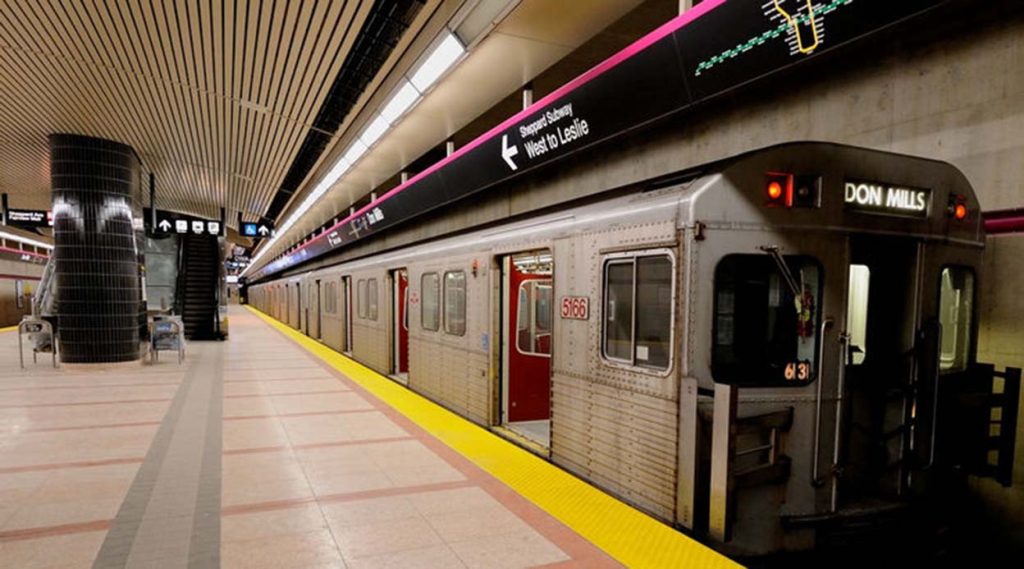
TTC Buses
Buses fill in the gaps where subway and streetcar service isn’t available. They’re essential for reaching suburban attractions, residential areas, and night-time destinations. Some routes operate overnight as part of the Blue Night Network.
Fare System and Payment Options
TTC uses a unified fare system across subways, buses, and streetcars.
Current Fare Structure
- Adult Single Ride: CAD 3.35
- Day Pass: CAD 13.50 (unlimited rides for one day)
- Weekly Pass: CAD 49
- Monthly Pass: CAD 156
Children 12 and under ride for free.
Payment Methods
- PRESTO Card: A reloadable smart card used for contactless payments on TTC, GO Transit, and other regional systems.
- Cash: Accepted but exact change is required.
- Ticket Machines: Found at major subway stations for purchasing fares.
Connecting with Regional Transit
If you’re heading to the Greater Toronto Area (GTA) suburbs or beyond, you’ll likely use GO Transit, a regional rail and bus service operated by Metrolinx. Key hubs like Union Station connect you to destinations such as:
- Hamilton: About an hour by GO Train.
- Niagara Falls: Accessible by seasonal train or year-round GO bus.
- Kitchener-Waterloo: Great for tech hubs and cultural attractions.
GO Transit fares are distance-based, and PRESTO cards can be used for convenience.
Intercity Bus Travel from Toronto
If your plans include destinations outside Toronto—Ottawa, Montreal, New York, or smaller Ontario towns—long-distance buses are a cost-effective and flexible option. The main departure point is Toronto Coach Terminal, but many companies also use Union Station Bus Terminal, a modern facility near the city center.
Popular Intercity Bus Companies
1. Greyhound
- Destinations: Ottawa, Montreal, New York, and various Ontario cities.
- Features: Wi-Fi, power outlets, onboard restrooms, and reserved seating options.
- Pricing: Varies by destination, but trips to Ottawa typically start around CAD 40–60.
2. Megabus
- Destinations: Montreal, Ottawa, Kingston, and U.S. cities like New York.
- Features: Affordable fares when booked early, Wi-Fi, comfortable seating.
- Pricing: As low as CAD 25 for early-booked tickets to Ottawa.
3. Ontario Northland
- Destinations: Northern Ontario towns such as North Bay, Sudbury, and Timmins.
- Features: Spacious seating, cargo storage, and regular schedules.
- Pricing: Dependent on distance; expect CAD 50–80 for longer routes.
4. FlixBus
- Destinations: Ottawa, Montreal, and several cross-border U.S. routes.
- Features: Budget-friendly fares, mobile ticketing, power outlets.
- Pricing: Often among the lowest-cost options, starting at CAD 20–25 for short routes.
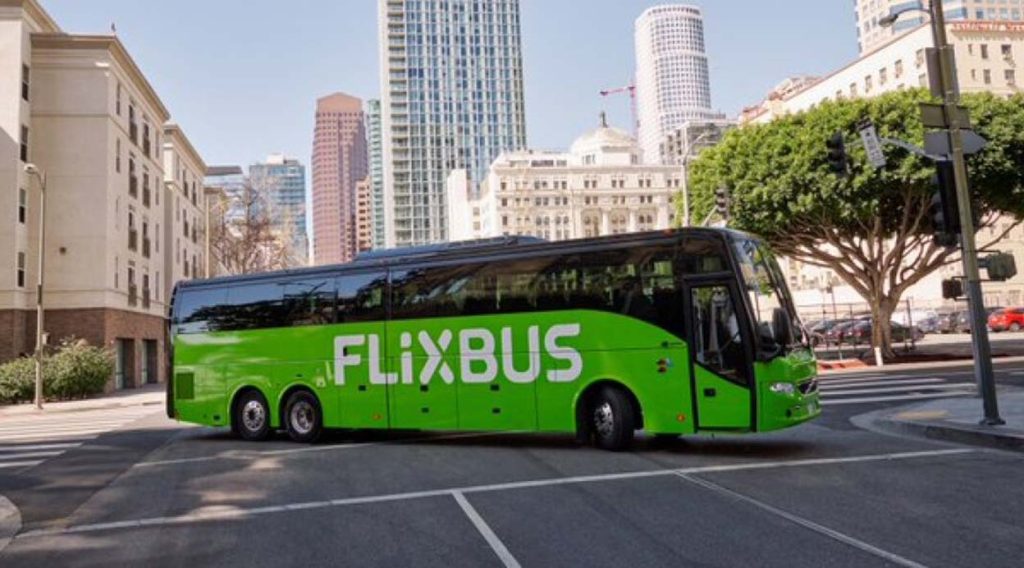
Tips for Booking Intercity Buses
- Book Early: Tickets can be significantly cheaper if purchased in advance.
- Compare Platforms: Use aggregator apps to find the best deals and schedules.
- Flexible Dates: Traveling midweek usually means lower fares.
- Arrive Early: Especially during peak travel times to secure good seating and ensure smooth boarding.
Travel Times to Key Cities
- Ottawa: 4.5–5 hours by bus
- Montreal: 6–7 hours
- Niagara Falls: 1.5–2 hours
- Buffalo, NY: Around 2.5 hours
- New York City: Approximately 10–12 hours, depending on the operator
Accessibility and Traveler-Friendly Features
Both TTC and most intercity buses are committed to accessibility:
- TTC offers elevators and escalators in most subway stations.
- Low-floor streetcars and buses accommodate wheelchairs and strollers.
- Bus operators like Greyhound and Megabus provide accessible boarding options when requested in advance.
Money-Saving Strategies
- Use a PRESTO Card for discounts and easier transfers between TTC and GO Transit.
- Consider a Day or Weekly Pass if you’re using public transit multiple times per day.
- Monitor Promo Codes for Megabus and FlixBus for intercity travel.
- Travel Off-Peak: Fares are often lower outside rush hours.
Why Buses Over Flights for Intercity Travel?
Flights between cities like Toronto and Ottawa or Montreal can be quick, but buses often make more sense:
- Cost: Tickets are often 50–70% cheaper than airfare.
- Convenience: No airport security hassles or long check-in lines.
- Eco-Friendly: Lower carbon footprint compared to short-haul flights.
Toronto offers a comprehensive public transit network and an extensive range of intercity bus services, making it easy to explore the city and beyond without relying on a car. For travelers who want convenience, cost savings, and an eco-friendly alternative to driving, Toronto’s transportation options deliver on all fronts. The Toronto Transit Commission (TTC) forms the backbone of the city’s urban travel, offering a combination of subway lines, streetcars, and buses that connect virtually every corner of downtown and many suburban neighborhoods. Affordable fares and frequent service mean you can reach key attractions, business districts, and residential areas with ease.
If your plans extend beyond the city limits, intercity bus networks provide excellent connectivity to other major destinations in Ontario, Quebec, and even the United States. Companies such as Megabus, FlixBus, and Ontario Northland operate multiple daily departures, allowing travelers to reach cities like Niagara Falls, Ottawa, Montreal, and New York at a fraction of the cost of flying. Modern buses typically offer amenities like free Wi-Fi, power outlets, and comfortable seating, ensuring a pleasant experience on longer journeys.
For those planning a day of sightseeing in Toronto, public transit remains the smartest option. Avoid the stress of downtown traffic and expensive parking by hopping on the subway or streetcar. Attractions like the CN Tower, St. Lawrence Market, and the Royal Ontario Museum are all easily accessible by TTC routes, and daily or weekly passes can offer even better value for those staying several days.
When it comes to weekend getaways, intercity buses shine. A quick two-hour ride can get you to Niagara Falls, where you can enjoy breathtaking views without the hassle of renting a car. Planning something longer? Overnight or early-morning buses to Montreal and Ottawa allow you to maximize your time at your destination while keeping travel costs low.
Flexibility is another major advantage of Toronto’s transit and bus systems. With numerous schedules, online booking options, and mobile ticketing, you can plan your trip on the go and avoid the rigid constraints of air travel. Pair this with the cost savings—especially when booking in advance or taking advantage of promotional fares—and you’ll find that these options fit both budget-conscious and eco-minded travelers.
Armed with this guide, you’re ready to travel smarter, spend less, and enjoy every moment of your journey in and around Toronto. Whether you’re commuting across the city, escaping for a weekend, or exploring new destinations further afield, Toronto’s public transportation and intercity bus systems offer the ultimate balance of convenience, affordability, and reliability.
